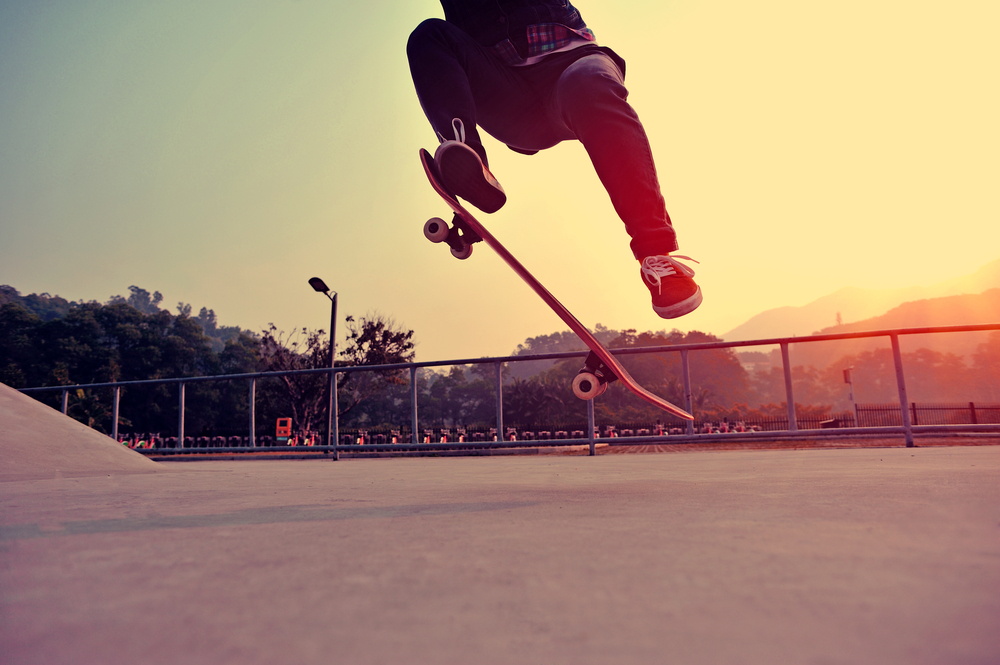Not So Gnarly: Skateboarding Sends 176 Kids to the ER Every Day

The growing popularity of skateboarding over the past few decades comes with an unfortunate side effect: an increase in injuries, a new study spanning nearly two decades finds.
In each of the years between 1990 and 2008, about 65,000 children and adolescents in the U.S. went to the emergency room for skateboarding-related injuries, according to the study. That averages out to about 176 injuries each day.
The vast majority (89 percent) of injured skateboarders were males, the researchers found. [9 Weird Ways Kids Can Get Hurt]
Fractures and dislocations were the most common injuries, together accounting for 33 percent of the diagnoses, according to the study. Sprains and strains accounted for 25 percent of the injuries, and bruises accounted for 20 percent of the injuries, according to the study.
In addition, the researchers found, the most commonly injured areas of the body were the upper extremities (45 percent of injuries) and the lower extremities (32 percent of injuries).
The researchers also found that older children were more likely than younger children to have injuries to their lower extremities, but older kids were less likely to have injuries to the face, head or neck than younger skateboarders.
Wheeled sports that require balance and take place on hard surfaces (such as skateboarding) are more likely to result in higher rates of injury, Lara McKenzie, a researcher at the Center for Injury Research and Policy at Nationwide Children's Hospital in Columbus, Ohio, and the lead author on the study, said in a statement.
Sign up for the Live Science daily newsletter now
Get the world’s most fascinating discoveries delivered straight to your inbox.
McKenzie and other safety experts recommended several tips to prevent injuries while skateboarding:
- Safety first: Don't let kids step on a skateboard without wearing protective gear, which includes a helmet, wrist guards, and elbow and knee pads.
- Plan the route: Kids should be aware of uneven riding surfaces, like cracks and potholes, and know to avoid riding near traffic. Skateboard parks are great because you don't have to worry about cars.
- Check outside: Don't let kids skateboard if it's dark outside, or if the weather is bad.
- Stay age appropriate: Children under 6 are probably not coordinated enough to ride a skateboard. For kids between ages 6 and 10, an adult should be present every time they ride.
They noted that these tips also apply to other skateboard-like devices, such as longboards and wave boards.
The study was published today (April 8) in the journal Injury Epidemiology.
Follow Sara G. Miller on Twitter @SaraGMiller. Follow Live Science @livescience, Facebook & Google+. Originally published on Live Science.










